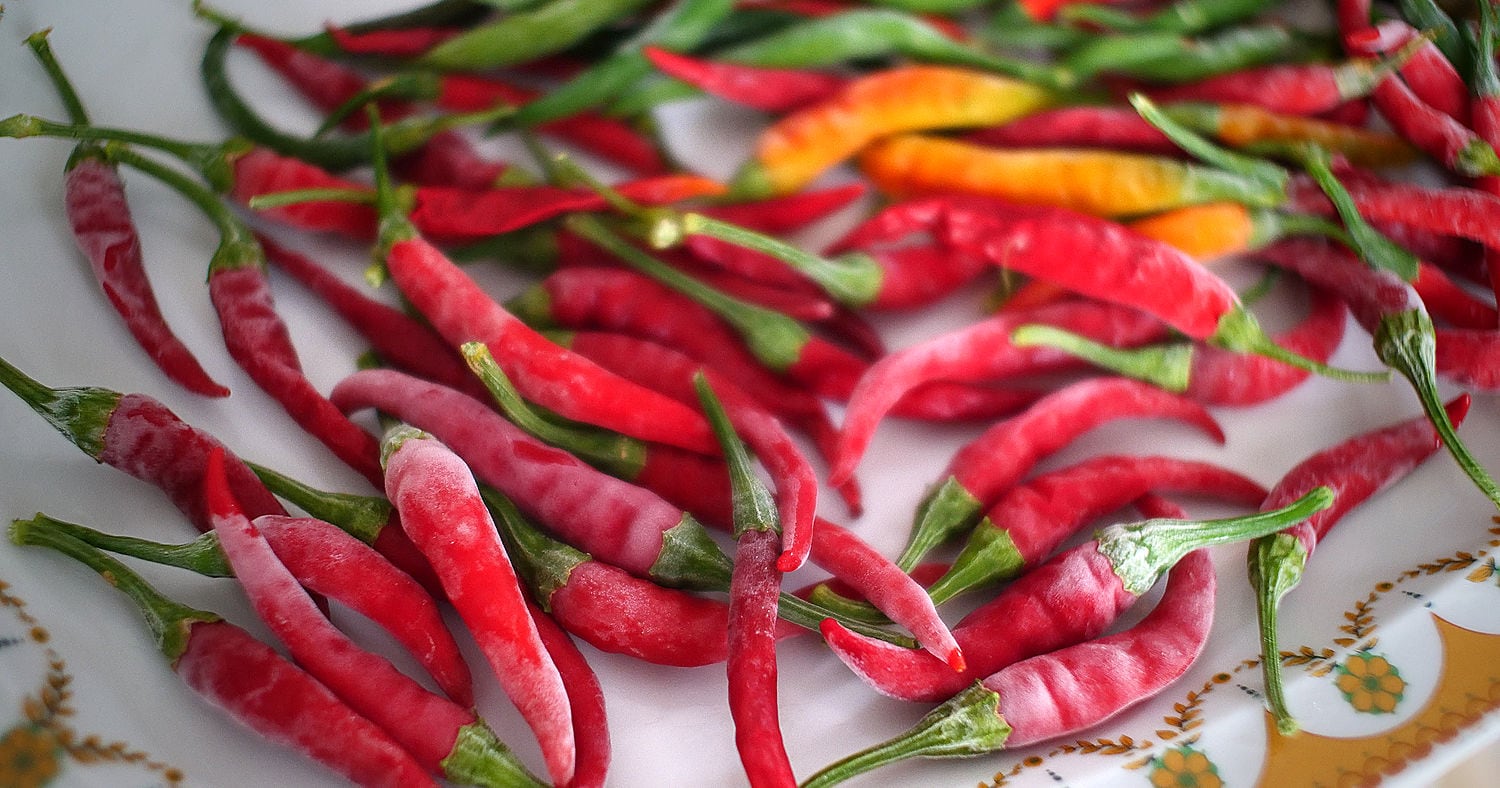

Articles
How Long Is Chili Good In The Freezer
Modified: February 28, 2024
Learn how to store chili in the freezer and keep it fresh for longer. Check out our informative articles on freezing chili and discover the best methods and tips.
(Many of the links in this article redirect to a specific reviewed product. Your purchase of these products through affiliate links helps to generate commission for Storables.com, at no extra cost. Learn more)
Introduction
Chili, with its rich flavors and comforting warmth, is a beloved dish enjoyed by many. Whether you prefer it spicy or mild, with meat or as a vegetarian option, chili is a versatile and satisfying meal that can be made in large batches and frozen for later use. But how long can you keep chili in the freezer before it loses its quality and taste?
In this article, we will explore the factors that affect the shelf life of chili in the freezer, provide guidelines for proper storage, discuss the signs of spoiled chili, and answer the pressing question: how long does chili last in the freezer?
Understanding the proper techniques for freezing, thawing, and reheating chili is essential to maintain its flavor and texture. So, if you’re a chili connoisseur or simply someone who loves the convenience of having ready-to-eat meals in the freezer, read on to discover the best practices to ensure your chili remains delicious and safe to consume.
Key Takeaways:
- Proper storage, labeling, and maintaining a constant freezer temperature are crucial for preserving the quality and flavor of frozen chili, ensuring it remains safe and enjoyable to consume.
- Pay attention to signs of spoiled chili, such as off odor, discoloration, and texture changes, to determine the freshness and suitability of frozen chili for consumption.
Read more: How Long Is Chili Good In The Refrigerator
Factors Affecting the Shelf Life of Chili in the Freezer
Several factors come into play when determining the shelf life of chili in the freezer. Understanding these factors will help you maintain the quality and taste of your frozen chili for as long as possible.
1. Ingredients: The ingredients used in the chili can affect its freezer life. For instance, if your chili contains ingredients with a short shelf life, such as dairy or fresh vegetables, these may not freeze well and can contribute to a shorter storage life for the chili. On the other hand, chili with ingredients like beans, meat, and spices tends to freeze and store better.
2. Packaging: The way you package your chili can have a significant impact on its freezer life. It is crucial to use airtight containers or freezer bags to prevent freezer burn and the absorption of odors from other foods. The packaging should be able to protect the chili from moisture and air exposure, which can lead to freezer burn and spoilage.
3. Temperature: The temperature of your freezer is a critical factor in determining the shelf life of chili. It is recommended to freeze chili at a temperature of 0 degrees Fahrenheit (-18 degrees Celsius) or below. Keeping the freezer at a constant temperature ensures that the chili remains frozen and slows down the growth of bacteria that can lead to spoilage.
4. Length of Storage: The longer chili is stored in the freezer, the greater the chances of a decline in quality. Over time, the flavors may dull, and the texture of the chili can change. It is best to consume frozen chili within a reasonable timeframe to enjoy the best taste and consistency.
5. Freezer Burn: Freezer burn occurs when frozen food is exposed to air. It causes the food to become dehydrated, leading to changes in texture, taste, and appearance. To prevent freezer burn in chili, make sure to remove any excess air from containers or freezer bags before sealing them tightly.
6. Cross-Contamination: Cross-contamination can occur if the chili comes into contact with other raw foods or juices. This can introduce bacteria and compromise the safety and quality of the chili. It is essential to store the chili separately and avoid placing it above raw meats or foods with strong odors that can be absorbed.
By considering these factors and taking necessary precautions, you can maximize the shelf life of your chili in the freezer and ensure that it remains safe and enjoyable to consume.
Proper Storage Guidelines for Frozen Chili
To maintain the quality and safety of frozen chili, it is important to follow proper storage guidelines. By doing so, you can ensure that your chili retains its flavor and texture, allowing you to enjoy a delicious meal whenever you’re in the mood for some comforting goodness.
1. Use Airtight Containers or Freezer Bags: Choose containers or freezer bags that are specifically designed for freezing food. Make sure they are airtight and leak-proof to prevent the entry of air and moisture, which can lead to freezer burn and spoilage. Remember to leave some headspace in the containers or bags to allow for expansion as the chili freezes.
2. Label and Date: It is essential to label your containers or freezer bags with the contents and date of freezing. This will help you keep track of the storage time and ensure that you use the oldest chili first, maintaining a rotation system to avoid keeping chili in the freezer for an extended period.
3. Divide into Portions: If you freeze a large batch of chili, consider dividing it into smaller portions before freezing. This allows for easier portion control and ensures that you only thaw and heat what you need, minimizing waste.
4. Cool Before Freezing: Allow the chili to cool completely before storing it in the freezer. Putting hot chili in the freezer can increase the temperature inside, leading to uneven freezing and potential bacterial growth. To cool it quickly, place the pot of chili in an ice bath or transfer it to shallow containers before placing them in the refrigerator.
5. Stack and Organize: When storing chili in the freezer, arrange the containers or bags in a neat and organized manner. This allows for easier access and prevents any accidental spills or freezer clutter. Consider stacking the containers systematically, with the oldest chili at the front for easy retrieval.
6. Maintain Freezer Temperature: Ensure that your freezer’s temperature remains consistently at or below 0 degrees Fahrenheit (-18 degrees Celsius). Fluctuating temperatures can lead to loss of quality in the chili and increase the risk of bacterial growth.
By following these storage guidelines, you can preserve the taste and quality of your frozen chili, making it a convenient and delicious meal option whenever you’re in need of a quick and satisfying dish.
Signs of Spoiled Chili
Although chili can be stored in the freezer for an extended period, it is important to be aware of the signs of spoiled chili to ensure your safety and enjoyment when consuming it. Here are some indicators that your frozen chili may have gone bad:
1. Off Odor: If your chili emits a foul or unpleasant odor, it is a clear sign that it has spoiled. Trust your sense of smell; if the chili smells anything other than its usual aroma, it is best to discard it.
2. Discoloration: Check for any significant changes in the color of the chili. If you notice dark spots, mold growth, or a greenish color, it indicates spoilage and should not be consumed.
3. Texture Changes: Frozen chili should retain its texture when properly stored. If you notice a slimy or mushy texture, it indicates that the chili has deteriorated. Additionally, the presence of ice crystals or freezer burn can affect the texture and taste of the chili.
4. Tastes Different: If the taste of the chili is off or has a sour or rancid flavor, it suggests that the chili has spoiled. Trust your taste buds and discard any chili that does not taste as it should.
5. Bacterial Growth: Observe for any signs of bacterial growth, such as visible mold or an unusual amount of liquid in the chili. These are clear indications of spoilage and should not be consumed.
6. Thawing and Refreezing: If you have thawed and refrozen chili multiple times, it can negatively impact its quality and increase the risk of spoilage. Each time the chili goes through the thawing and refreezing process, it can lead to moisture loss and potential bacterial growth.
It is important to note that consuming spoiled chili can lead to food poisoning or other foodborne illnesses. When in doubt, it is better to err on the side of caution and discard any chili that displays the above signs of spoilage.
By being vigilant and attentive to these signs, you can ensure that the chili you consume from the freezer is safe, delicious, and enjoyable.
Chili can be stored in the freezer for up to 4-6 months. Be sure to use airtight containers or freezer bags to prevent freezer burn. Label with the date to keep track of freshness.
How Long Does Chili Last in the Freezer?
The length of time chili can last in the freezer depends on various factors, including the ingredients used, storage conditions, and packaging. While chili can technically remain safe to eat indefinitely when properly frozen, the quality and taste can deteriorate over time.
Generally, it is recommended to consume frozen chili within 3 to 6 months for the best quality and flavor. However, if the chili is stored in an airtight container or freezer bag and maintained at a constant temperature of 0 degrees Fahrenheit (-18 degrees Celsius), it can remain safe to eat for up to 12 months.
It is important to use your judgment and sensory evaluation to determine if the chili is still good to consume. If the chili shows signs of spoilage, such as a foul odor, unusual texture, or off flavors, it is best to discard it, even if it has not reached the maximum recommended storage time.
To extend the shelf life of your frozen chili, consider the following tips:
- Date and label: Properly label your containers or freezer bags with the date of freezing to keep track of how long the chili has been in the freezer.
- Rotate regularly: Practice a first-in, first-out approach by consuming the oldest chili first and replenishing your frozen stock with fresh batches.
- Packaging matters: Use airtight containers or freezer bags to prevent air exposure and freezer burn. Ensure there are no cracks or leaks in the containers that could compromise the integrity of the chili.
- Keep a stable freezer temperature: Maintain the freezer temperature at or below 0 degrees Fahrenheit (-18 degrees Celsius) to preserve the quality and safety of the chili. Fluctuating temperatures can lead to loss of flavor and promote bacterial growth.
- Minimize thawing and refreezing: Try to portion your chili appropriately so that you can thaw and consume only what you need. Avoid repeatedly thawing and refreezing the entire batch, as it can affect the texture and taste of the chili.
Remember that these guidelines are just general recommendations and it’s important to use your discretion and sensory evaluation when determining if the chili is still suitable for consumption. When in doubt, it’s always better to err on the side of caution and discard chili that appears spoiled or past its prime.
By following proper storage procedures and paying attention to quality indicators, you can enjoy delicious and safe chili from your freezer for an extended period.
Read more: How To Store Chili In Freezer
Tips for Freezing Chili
Freezing chili is a convenient way to have a ready-to-eat meal on hand whenever you need it. By following these helpful tips, you can ensure that your chili freezes well and maintains its flavor and quality:
- Cool the Chili: Allow the chili to cool completely before freezing. Putting hot chili in the freezer can increase the temperature inside and affect the quality of other frozen foods. It is best to let it cool in the refrigerator or by placing the pot in an ice bath.
- Choose the Right Containers: Opt for airtight containers or freezer bags that are specifically designed for freezing food. Ensure they are leak-proof and can withstand the low temperatures of the freezer. Glass, plastic, or heavy-duty freezer bags are all suitable options.
- Portion Control: Consider dividing the chili into smaller portions before freezing. This gives you the flexibility to defrost and consume only what you need, reducing waste and the need to thaw the entire batch.
- Remove Excess Air: For containers, fill them to the top to minimize air space. If using freezer bags, squeeze out as much air as possible before sealing them tightly. This helps prevent freezer burn and prolongs the shelf life of the chili.
- Label and Date: Clearly label each container or freezer bag with the contents and date of freezing. This allows you to keep track of the storage time and ensures that you use the oldest chili first.
- Freeze in Flat Layers: If using freezer bags, flatten them to create flat layers of chili for easy stacking and quicker thawing. This also saves space in the freezer and allows for more efficient storage.
- Keep Separate from Strong Odors: Store the chili away from foods with strong odors that can be absorbed. This can affect the taste and aroma of the chili. It is also advisable to store it away from raw meats or other potentially cross-contaminating foods.
- Freeze at the Right Temperature: Set your freezer at or below 0 degrees Fahrenheit (-18 degrees Celsius). Maintaining a constant freezing temperature ensures that the chili remains safely frozen and limits bacterial growth.
By following these tips, you can ensure that your chili freezes properly and maintains its quality for an extended period. The next time you have a batch of delicious chili, you can confidently freeze it using these guidelines for a quick and satisfying meal option in the future.
Thawing and Reheating Frozen Chili Safely
When it comes to enjoying frozen chili, proper thawing and reheating techniques are essential to preserve its flavor and ensure food safety. By following these guidelines, you can thaw and reheat your frozen chili safely:
Thawing:
- Refrigerator Method: The safest way to thaw frozen chili is by transferring it from the freezer to the refrigerator. Allow the chili to thaw slowly in the refrigerator overnight or for several hours, depending on the quantity. This gradual thawing process helps maintain the quality and texture of the chili.
- Cold Water Bath: If you need to thaw the chili quickly, you can use the cold water bath method. Place the tightly sealed container or freezer bag of chili in a larger bowl or basin of cold water. Change the water every 30 minutes to ensure it remains cold. It is important to keep the chili in its airtight packaging to prevent water from seeping in and compromising its taste and texture. This method is faster than refrigeration but requires more monitoring.
- Thawing in the Microwave: If you’re in a hurry, you can use the defrost setting on your microwave to thaw the chili. Follow the microwave manufacturer’s instructions for defrosting frozen foods. Be careful not to overheat or partially cook the chili during the thawing process.
Reheating:
- Stovetop: Transfer the thawed chili to a saucepan or pot. Heat it gently over medium-low heat, stirring occasionally, until it reaches a simmer. This ensures even heat distribution and prevents scorching. Make sure the chili reaches a minimum internal temperature of 165 degrees Fahrenheit (74 degrees Celsius) to eliminate any potential bacteria.
- Microwave: If you’re reheating a small portion of chili, the microwave is a convenient option. Place the chili in a microwave-safe container and cover it to prevent splattering. Heat the chili in short intervals, stirring in between, until it’s thoroughly heated. Again, ensure the chili reaches an internal temperature of 165 degrees Fahrenheit (74 degrees Celsius).
- Oven: If reheating a larger batch of chili, you can use the oven. Preheat the oven to 350 degrees Fahrenheit (175 degrees Celsius). Transfer the chili to an oven-safe dish, cover it with foil or a lid, and heat it for approximately 30 minutes or until it reaches a simmer. Stir the chili occasionally for even heat distribution.
Important Tips:
- Never thaw and refreeze chili multiple times, as it can lead to a loss of quality and increase the risk of bacterial growth.
- Only reheat the amount of chili you plan to consume to avoid waste and maintain the integrity of the remaining frozen portion.
- Store any leftover reheated chili in the refrigerator and consume it within 2 to 3 days.
- Always use clean utensils and tools when handling frozen chili, and wash your hands thoroughly before and after food preparation.
By following these thawing and reheating guidelines, you can enjoy your frozen chili safely and have it taste just as delicious as when it was first prepared. These methods ensure that your chili is heated to the proper temperature, eliminating any potential foodborne pathogens, while also maintaining its texture and flavor.
Conclusion
Freezing chili is a practical and convenient way to enjoy this flavorful dish for a longer period. By following proper storage, thawing, and reheating guidelines, you can ensure that your frozen chili remains safe to eat and maintains its delicious taste and texture.
Factors such as ingredients, packaging, temperature, and length of storage all play a role in determining the shelf life of chili in the freezer. It’s important to consider these factors and make informed decisions about the quality and safety of your frozen chili.
Proper storage guidelines, including using airtight containers or freezer bags, labeling and dating, and maintaining a constant freezer temperature, are crucial to preserve the quality of the chili. This helps prevent freezer burn, maintain flavor, and minimize the risk of bacterial growth.
Signs of spoiled chili include off odor, discoloration, texture changes, unusual taste, bacterial growth, and repeated thawing and refreezing. Paying attention to these signs and using your senses to evaluate the chili’s condition will ensure that you consume chili that is safe and of high quality.
The length of time chili can last in the freezer varies, but generally, it is recommended to consume frozen chili within 3 to 6 months for the best flavor and quality. However, with proper storage and in optimal conditions, frozen chili can last for up to 12 months. Always use your discretion and sensory evaluation to determine the freshness and suitability of the chili for consumption.
By practicing excellent freezing techniques, such as cooling the chili before freezing, using proper containers, portioning appropriately, and minimizing air exposure, you can maximize the shelf life and quality of your frozen chili.
Thawing the chili safely in the refrigerator, using a cold water bath, or defrosting in the microwave, and reheating it on the stovetop, in the microwave, or in the oven ensures that it reaches the proper temperature for consumption, eliminating any potential foodborne pathogens.
In conclusion, by following these guidelines and employing proper techniques, you can enjoy safe, flavorful, and delicious chili from your freezer whenever you desire. Freezing chili allows you to savor the taste of this beloved dish conveniently, making it a go-to option for busy days or when you need a comforting and hearty meal.
Frequently Asked Questions about How Long Is Chili Good In The Freezer
Was this page helpful?
At Storables.com, we guarantee accurate and reliable information. Our content, validated by Expert Board Contributors, is crafted following stringent Editorial Policies. We're committed to providing you with well-researched, expert-backed insights for all your informational needs.
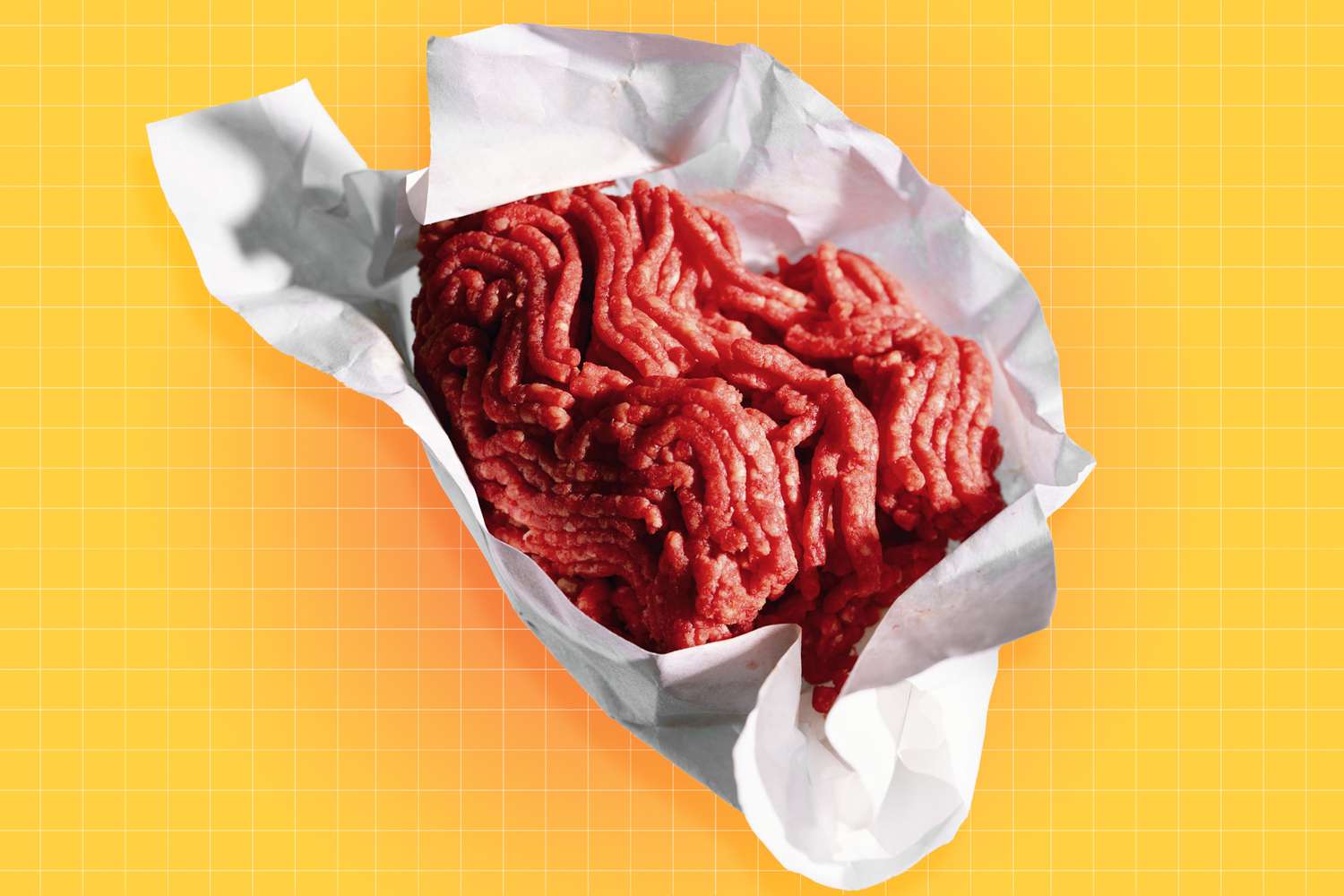
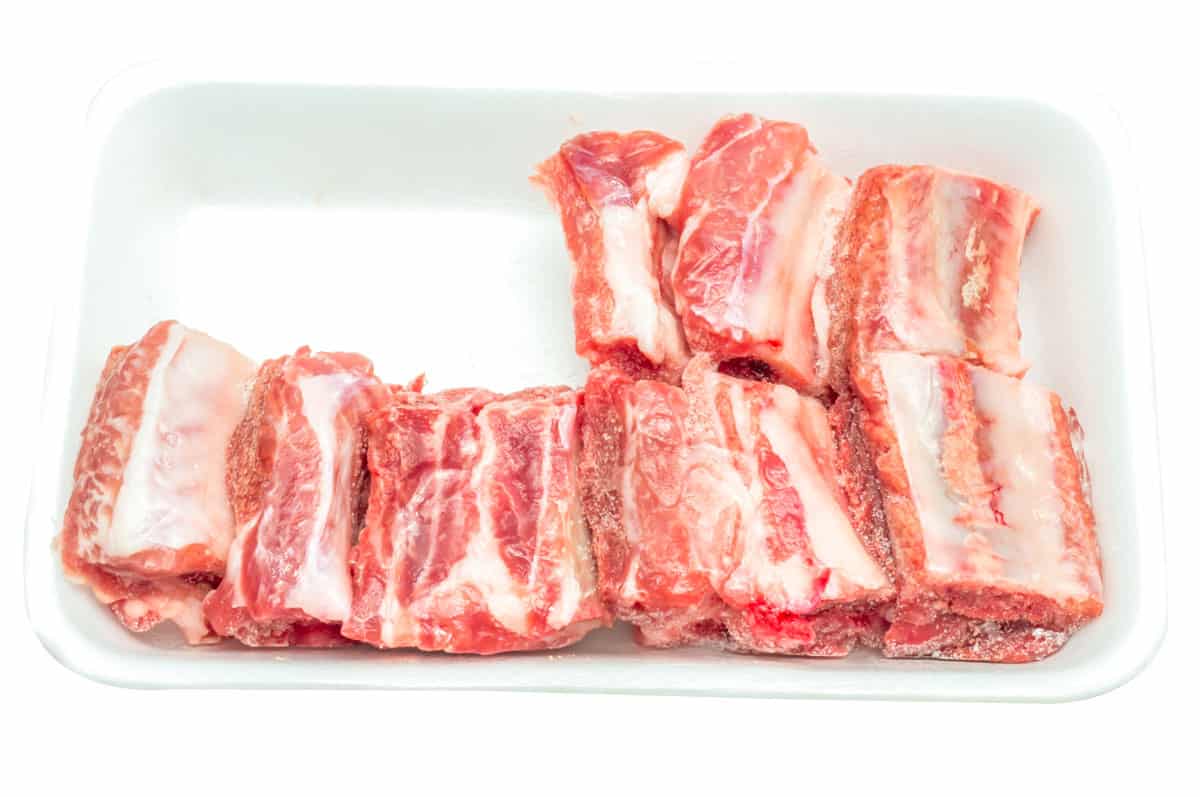


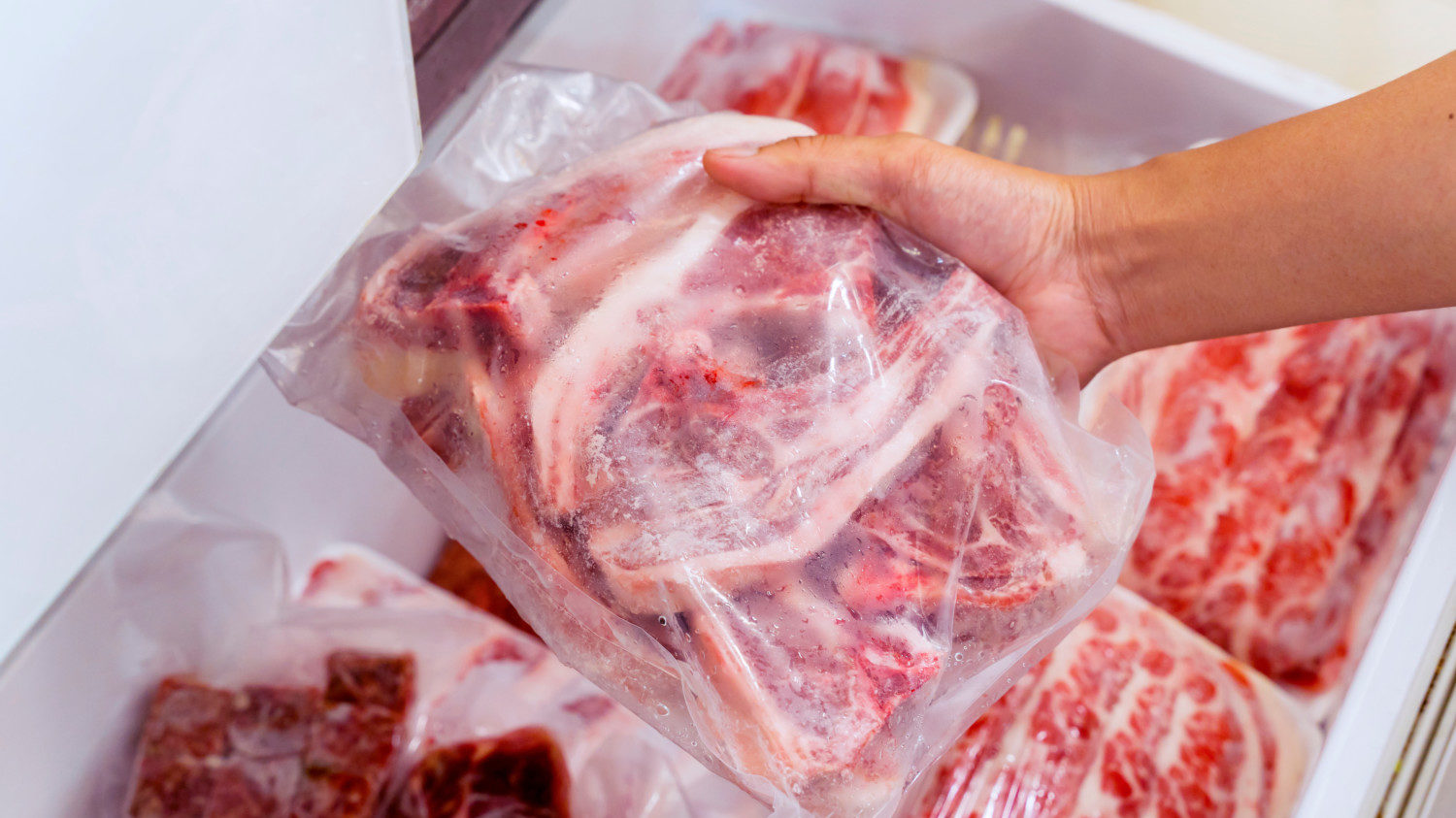

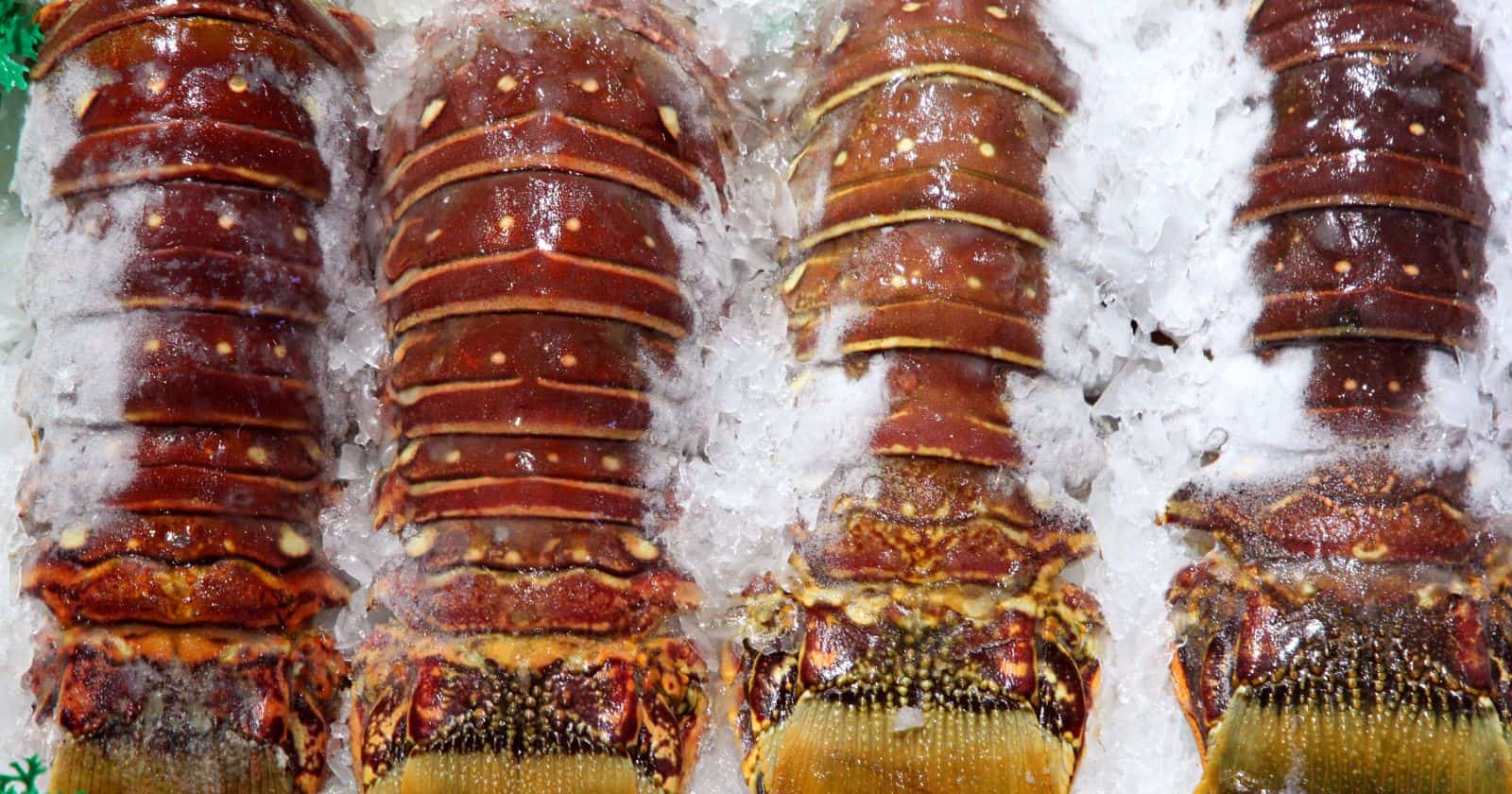
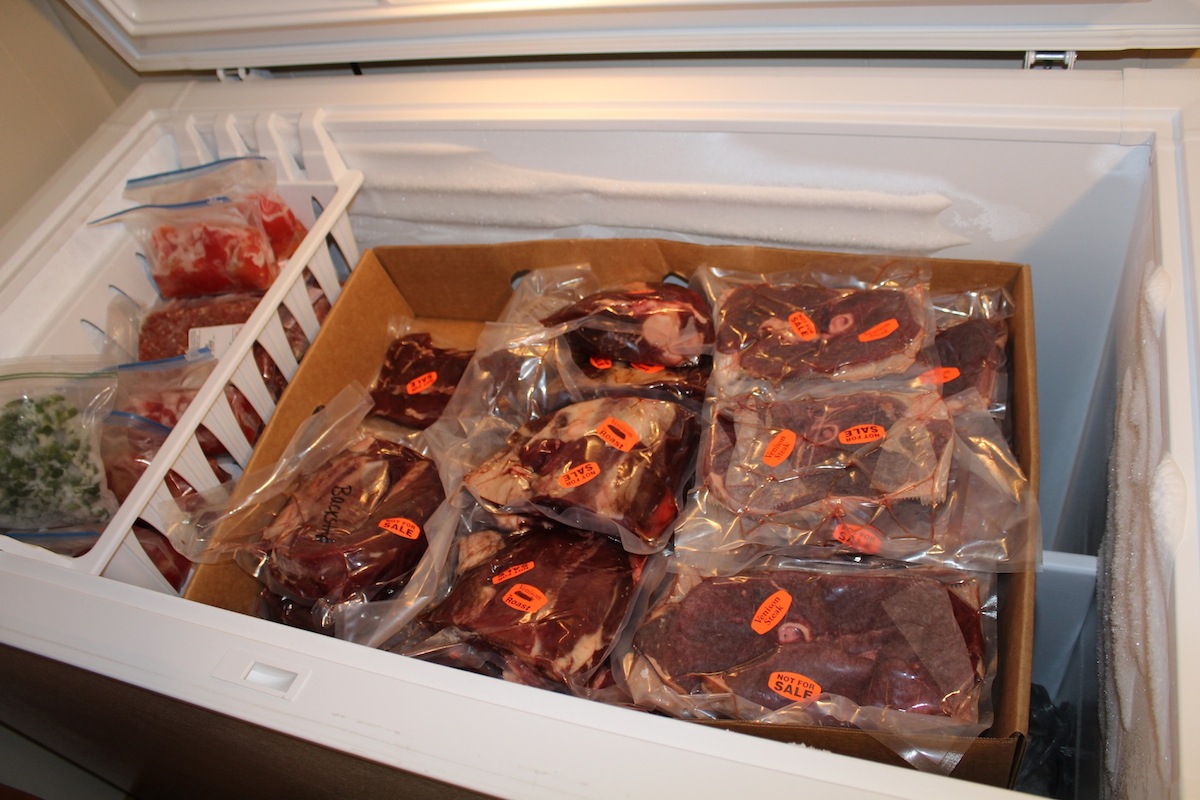
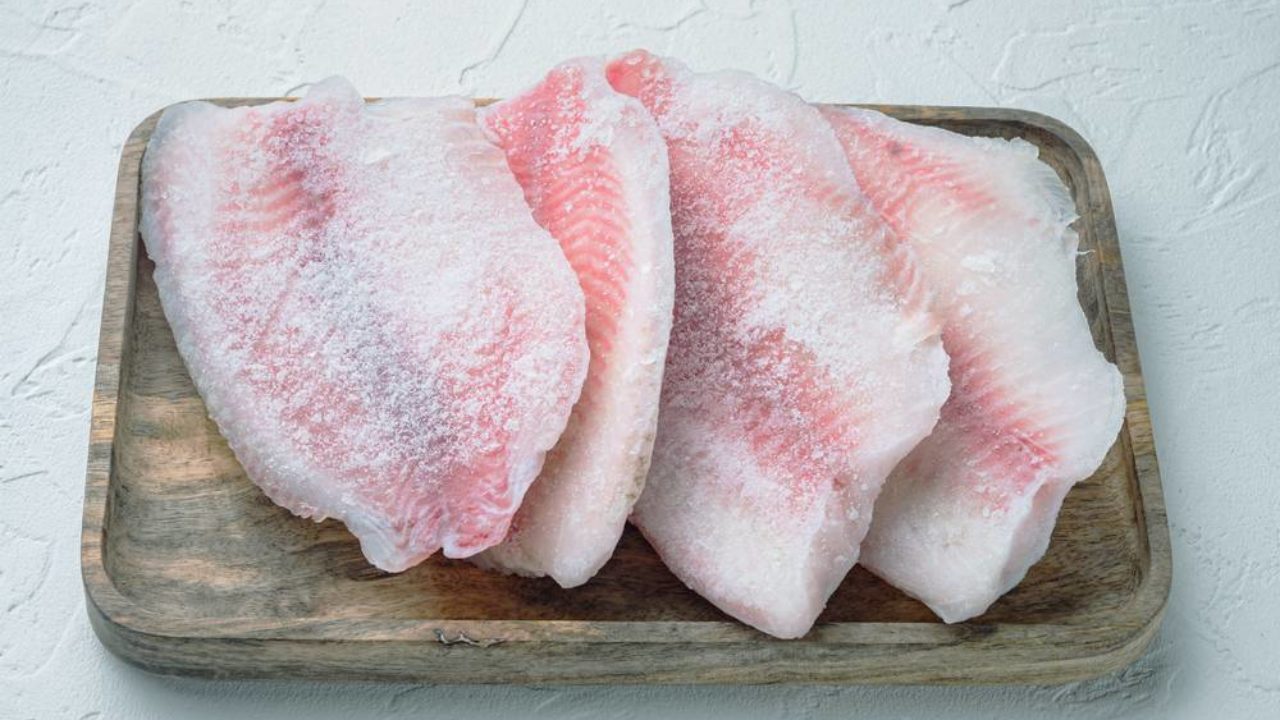
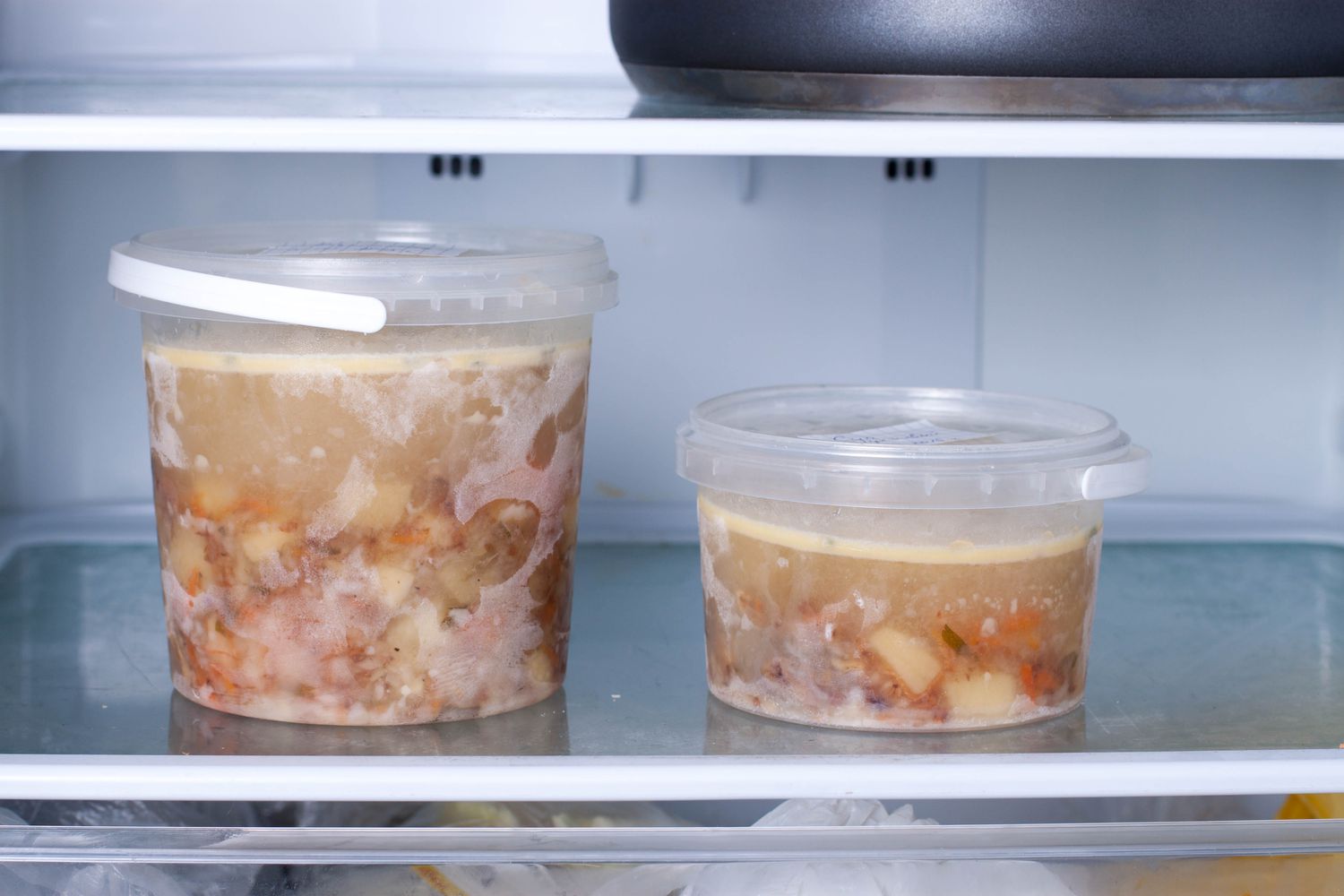
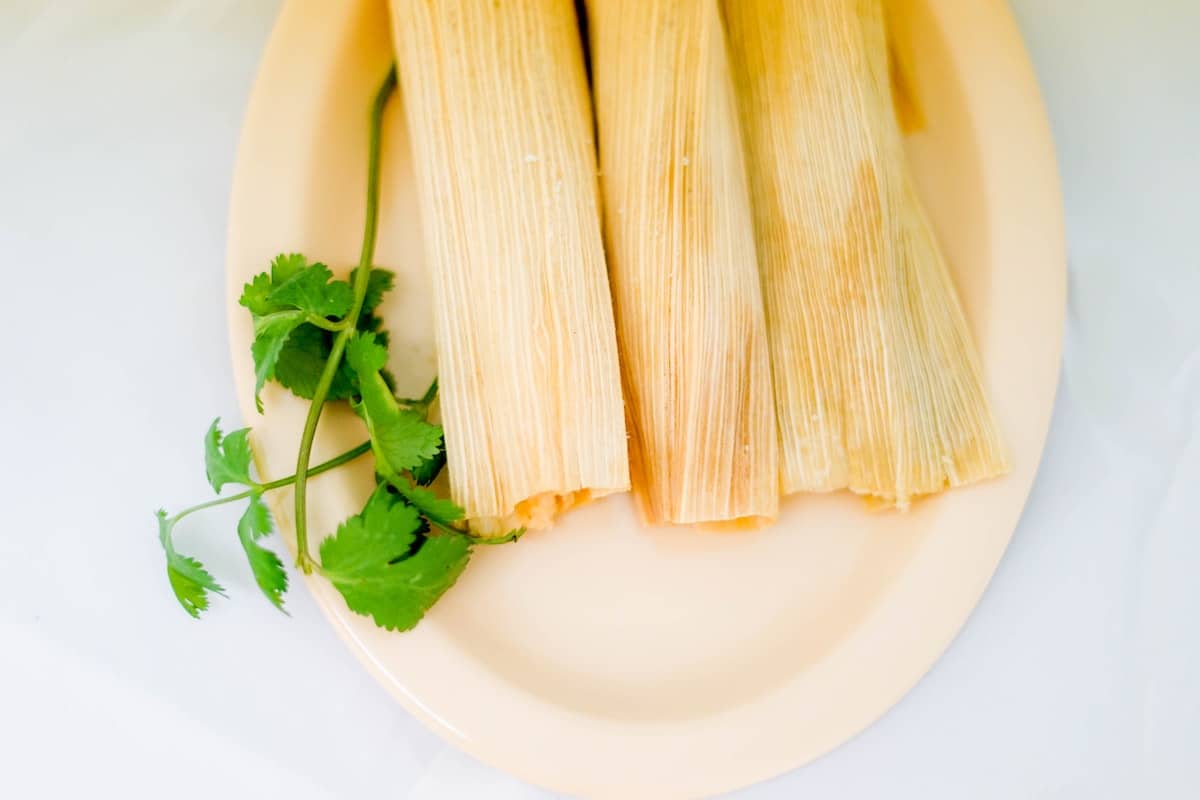
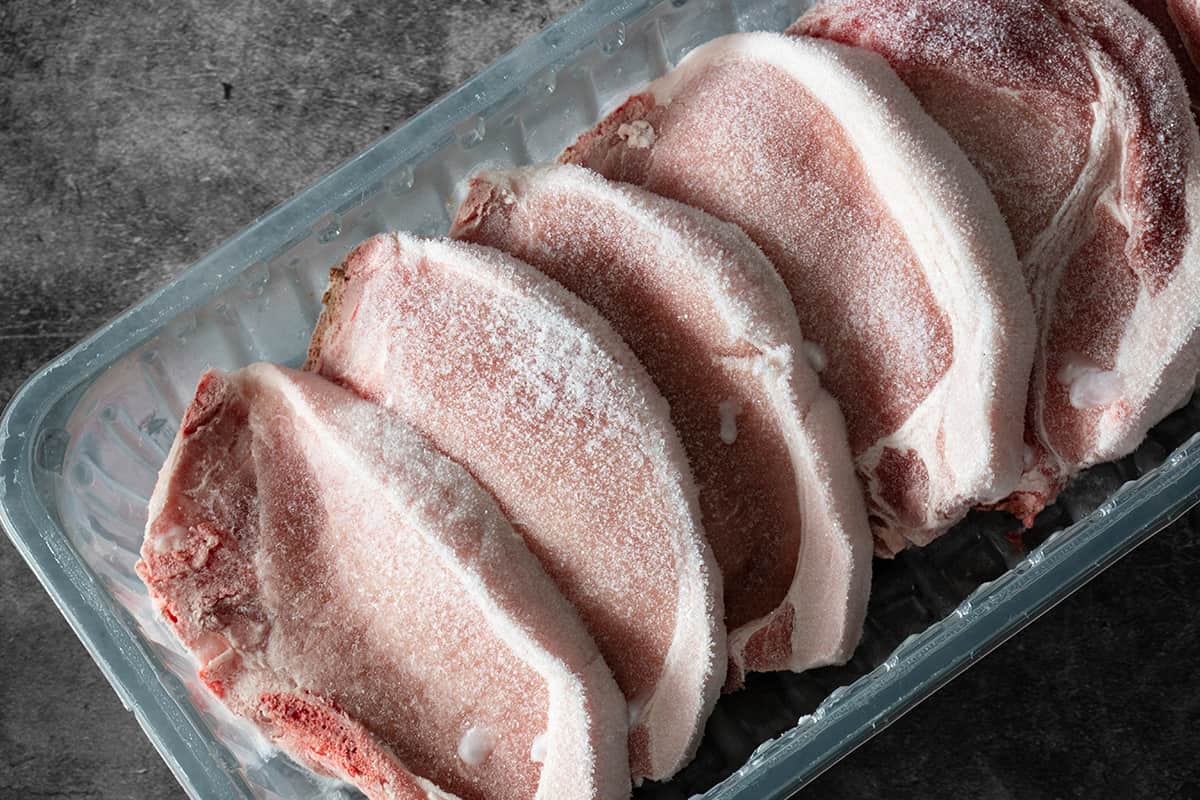
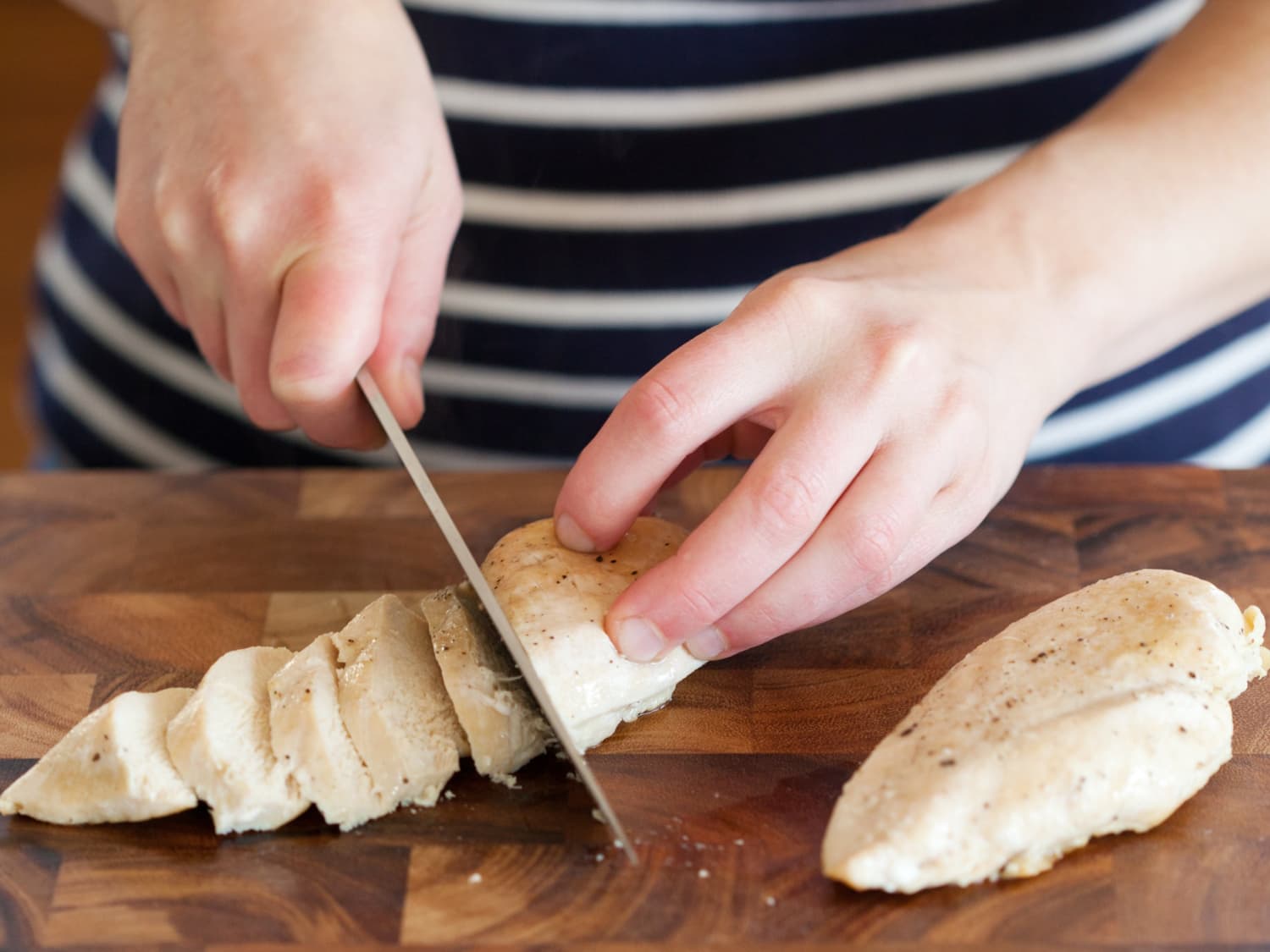
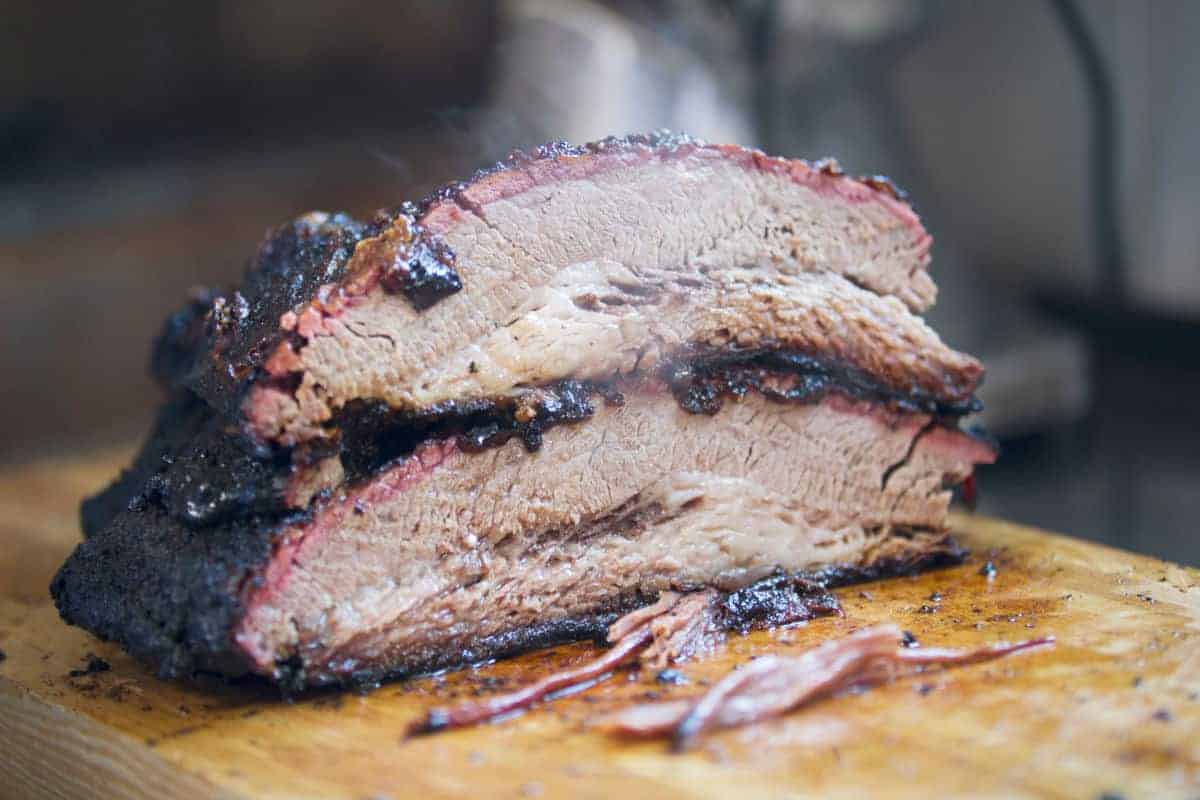

0 thoughts on “How Long Is Chili Good In The Freezer”